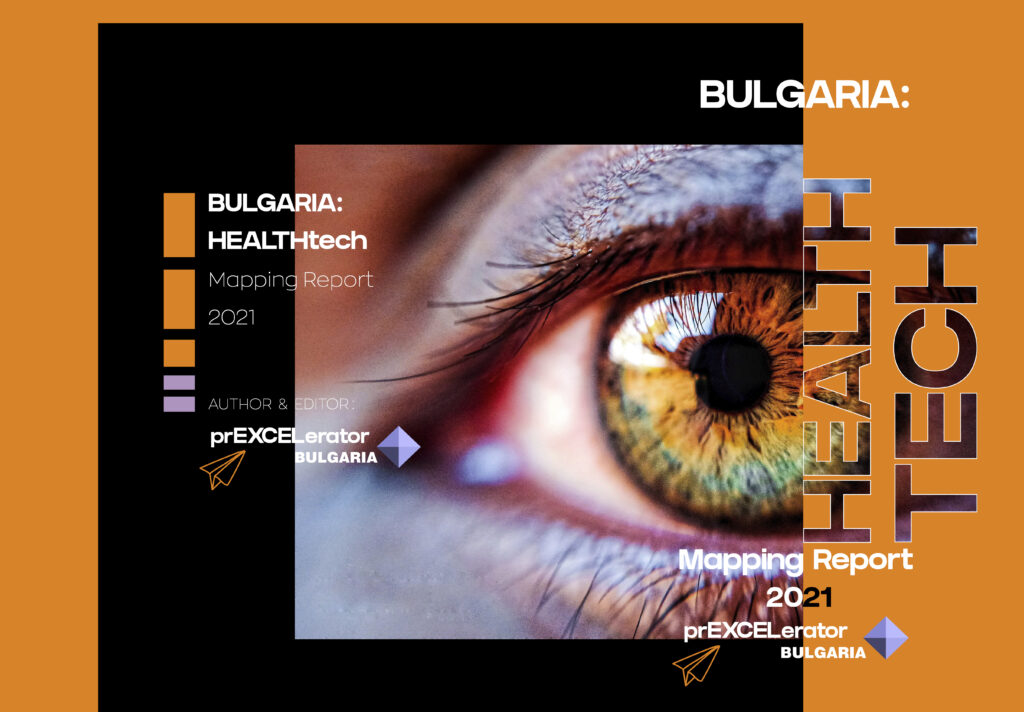
NON-TECH HIGH-POTENTIAL INNOVATION AREAS IN MEDICINE
AUTHOR: KALIN RAHNEV
The War. The war on cancer. The war on diabetes. The war on Alzheimer’s. The war on ANY disease. As progress is being made both in understanding and available technology, are we any closer to eradicating any of these diseases, to winning even a single war?
or do we have to deal with higher and higher complexity?
The war between health and disease
However Health is not just the absence of disease. Complex epigenetic reprogramming go together with any disease.
Advances in scientific knowledge have to be taken into account. Otherwise we risk basing our analysis, decisions and proposed solutions on outdated and inaccurate assumptions.
We will make a brief overview of some of the advances in scientific knowledge and the corresponding implications for some diseases.
We will examine a few advances in understanding made in the last few decades in no particular order. Many of them have been applied successfully, however I would venture to propose that it is quite rare to have all of them applied together.
Some of the symptoms are messengers, that something more profound is disregulated, and often our approach is to suppress, to kill the messenger.
We cannot just kill all the bad guys and pretend we have won the war. Since some of the bad guys, some of the symptoms or even diseases are messengers, that something more profound is disregulated and is out of balance. And if we just kill the messengers, we would have to tackle later with a more serious condition that is harder to deal with.
Epigenetics
Every disease has altered regulation and communication on the epigenetic level. There are changes in methylation patterns, in histone modification, and levels of expression of microRNAs. And these aberrant changes can be classified as signatures of the disease, signatures that are specific to certain cell types and fluids. We also have a better understanding of many different types of cancer and the presence of hypomethylation activates transposable elements and initiates genomic instability, while hypermethylation is responsible for silencing of tumor suppressor genes. In view of the latter, there has been research into using demethylating agents, however the risks from hypomethylation and activation of TEs that can initiate other malignancies cannot be overlooked.
Defense mechanisms against TEs
MicroRNAs are quite interesting players in the epigenetic landscape – they need a tiny amount to repress the genes they regulate. Collectively microRNAs affect almost all cellular pathways, from development to oncogenesis. MicroRNAs are expressed in disease- and cell-type-specific manner and by modifying the levels of expression of many genes, they act as a Master Switch.
And since microRNA expression is related also to methylation patterns and histone modification, it would make sense every effective therapy to be able to turn the “OFF” switch and reverse and normalize the altered epigenetic landscape on a system-wide level.
Disease as a system-wide aberrant epigenetic landscape.
While patterns of histone modifications and methylation are difficult to measure without analyzing the specific cells of interest, changes in microRNA expression can be detected in body fluids and used as early diagnostic markers. There are still challenges in detecting and differentiating these small molecules in body fluids.
Mobile Genetic Elements
(Transposable Elements, Controlling Elements, Repetitive Elements, Jumping Genes)
Well over half a century has passed from the discovery of the Controlling Elements by Barbara McClintock and still we have a very limited understanding of their biology. MGEs are involved in most common diseases – obesity, autoimmune diseases, cancer. MGEs are the drivers of antibiotic resistance.
More than two-thirds of the human genome is repetitive or repeat-derived. Compare that with less than 2% for the protein coding regions (a.k.a. genes).
Antagonism
TEs encode proteins that maintain deseases like Autoimm, diabetes
TEs are expressed and active in the brain, challenging the dogma that neuronal genomes are static and revealing that they are susceptible to somatic genomic alterations. These new findings on TE expression and function in the CNS have major implications for understanding the neuroplasticity of the brain, which could hypothetically have a role in shaping individual behavior and contribute to vulnerability to disease.
It is now known that TEs, long classified as junk DNA, have major effects on the genomes of all organisms. For example, they may affect gene functions or alternate transcription rates
Clocks
Clock genes and chronobiology, circadian and circaseptan rhythms
mTOR
The mechanistic target of rapamycin, is the major regulator of growth and plays a central role in aging and many diseases. Almost three decades after its discovery, we now know that it is disregulated in aging, cancer, hypertension, type 2 diabetes (Alzheimer’s – diabetes type 3).
Human Cell Atlas
The Human Cell Atlas is an effort to map all the cells in the human body.
“Imagine if somebody wanted to do gene therapy,” Regev says. “You have to fix the gene, but you have to fix it in the right cell.” The Human Cell Atlas could help researchers identify the right cell and understand how the gene in question is regulated by that cell’s extraordinarily complicated molecular networks.
Microbiome
Gut microbiome has a role in the pathogenesis of multiple sclerosis. It also has influence on metabolism
Unbalanced microbiome opens the door for infections and inflammation.
We can talk much more on Personalized microbial cloud, inclusive of our “other” genome and our second brain, and the gut-brain axis; epigenetics and microRNAs – aberrant/altered expression of microRNAs, etc.
You can listen to an extensive overview of all these topics here: https://prexcelerate.eu/biotech-digital-health/




![The PropTech Vienna conference goes the 4th round! [EN/DE]](https://prexcelerate.eu/wp-content/uploads/2022/05/Bild1_600x300_PTV2022-500x383.jpg)
